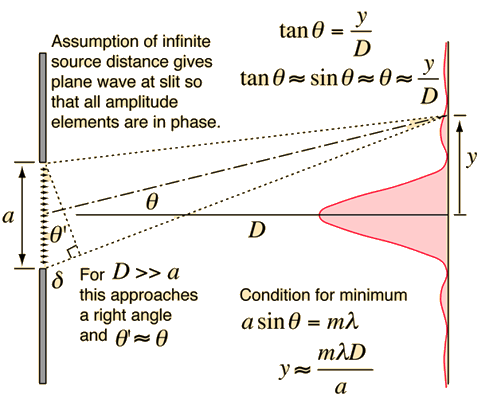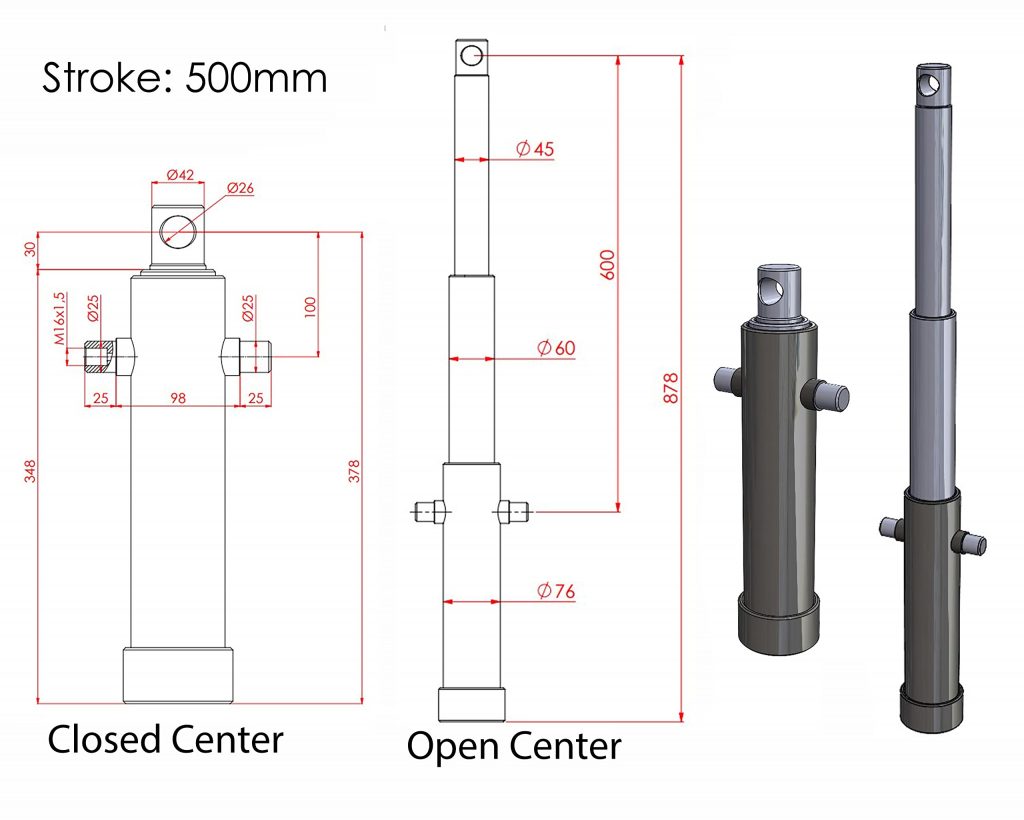Fraunhoferdiffraktion: En Djupdykning i Vågfysik
Introduktion till Fraunhoferdiffraktion
Fraunhoferdiffraktion är ett fenomen inom vågfysiken som beskriver hur ljus eller andra vågor böjs när de passerar genom en öppning eller runt ett hinder, där avståndet mellan öppningen och observationspunkten är mycket stort. Detta tillstånd kallas ofta för ”fjärrfältsdiffraktion”. Till skillnad från Fresneldiffraktion, där avståndet är kortare och vågfronterna är krökta, är vågfronterna i Fraunhoferdiffraktion plana.

Detta fenomen är grundläggande för att förstå hur optiska instrument som teleskop och spektrometrar fungerar. Genom att studera diffraktionsmönster kan vi analysera ljusets egenskaper och bestämma strukturen hos material.
Principerna bakom Fraunhoferdiffraktion
För att förstå Fraunhoferdiffraktion måste vi först förstå begreppet Huygens-Fresnel-principen. Denna princip säger att varje punkt på en vågfront kan betraktas som en källa till sekundära vågor. När dessa sekundära vågor interfererar med varandra, skapas ett diffraktionsmönster.

I Fraunhoferdiffraktion antar vi att de inkommande och utgående vågfronterna är plana. Detta förenklar de matematiska beräkningarna avsevärt. Ett typiskt experiment involverar att belysa en enkel spalt med monokromatiskt ljus och observera mönstret på en skärm långt bort.
De centrala egenskaperna hos Fraunhoferdiffraktion inkluderar:
Matematisk Beskrivning
Den matematiska beskrivningen av Fraunhoferdiffraktion involverar trigonometri och våglängder. För en enkel spalt med bredden $a$ och en våglängd $\lambda$, ges vinkeln $\theta$ för minima av formeln:
$$a \sin(\theta) = m\lambda$$
där $m$ är ett heltal (1, 2, 3, …). Detta visar att bredden på spalten och ljusets våglängd direkt påverkar diffraktionsmönstret.
För ett rektangulärt hål med dimensionerna $a$ och $b$, ges intensiteten $I$ av diffraktionsmönstret av:
$$I = I_0 \left[ \frac{\sin(\alpha)}{\alpha} \right]^2 \left[ \frac{\sin(\beta)}{\beta} \right]^2$$
där $\alpha = \frac{\pi a \sin(\theta)}{\lambda}$ och $\beta = \frac{\pi b \sin(\phi)}{\lambda}$.

Tillämpningar av Fraunhoferdiffraktion
Fraunhoferdiffraktion har många viktiga tillämpningar inom vetenskap och teknik:
Experiment med Fraunhoferdiffraktion
Ett enkelt experiment kan utföras med en laser, en enkel spalt och en skärm. Genom att variera spaltens bredd eller ljusets våglängd kan man observera hur diffraktionsmönstret förändras.
Det är viktigt att notera att experimentet bör utföras i ett mörkt rum för att tydligt se diffraktionsmönstret.
Slutsats

Fraunhoferdiffraktion är ett fascinerande och viktigt fenomen inom vågfysiken. Genom att förstå dess principer och tillämpningar kan vi bättre förstå ljusets natur och utveckla avancerade optiska instrument.
För vidare studier rekommenderas att utforska optik och vågfysik mer ingående.

© [Ditt Namn/Webbplatsnamn] 2024




